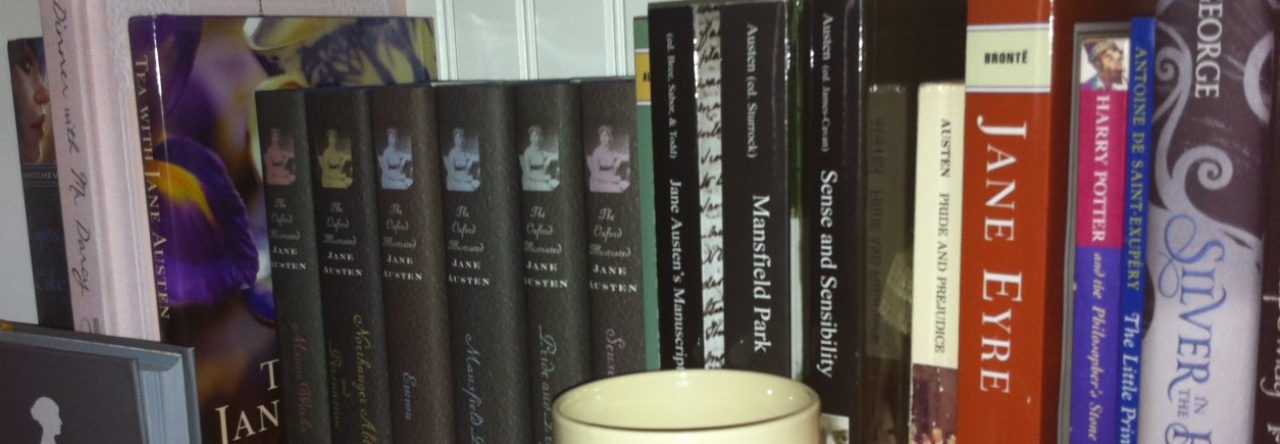Elearning
OutsourCEU – NYC Building Code Places of Assembly 1 (sample)
Collaboration with Kaela Fanning (graphic design) under Outsource Consultants.
This sample is presented with permission from the copyright holder. As copywriter, I revised text and created new text for this required continuing education course for NYC architects on city building code laws, and worked with the graphic designer to choose corresponding images and place text. This module in particular focused on identifying Place of Assembly Occupancy Groups, Egress laws, and Certificate of Occupancy filing under the 2014 NYC Construction Codes. Slides chosen best display my ability to phrase and give instructions on the formatting of the material. (Please note: This is not the full course, and some information may be out-of-date as of November 7, 2022.)
Starry-Life Kit Mod 1 by Kate Orgera


Starry-Life Kit Mockup
This design project was created as the Integrative Project for the Masters in Instructional Technology & Media program at Columbia Teachers College. It proposes a video-based online positive psychology intervention (OPPI) mini-course aimed at emerging adults in first-year college and internship settings.
The asynchronous mini-course design, drawn from positive education research and multimedia learning theory, would cover six modules on Gratitude/Focus on the Good, Strengths, Meaning, Optimism, Reframing Negative Thoughts, and Hope. It is intended to be implemented through a college or workplace’s content management system. Effectiveness would be measured through follow-up surveys on mood and continued practice of PPIs post-course.
My process involved researching the problem, identifying areas of emerging adult problems where positive psychology could help, creating a storyboard, and developing a rudimentary curriculum and evaluation plan. I also reached out to Teachers College professor and subject matter expert Dr. Dan Tomasulo, author of Learned Hopefulness and The Positivity Effect, for guidance. Project advised by Dr. Yoo Kyung Chang. Storyboard and mockup presentation created in Canva Pro.
Design Implementation and Evaluation
Collaboration with Alex Lester and William Scully.
This module was created as part of the final student moderated session for the Instructional Design of Educational Technology synchronous online course at Teachers College Columbia University, breaking down theories of evaluation for instructional designers. To engage learners over Zoom, we incorporated a Kahoot quiz and two group activities that required students to collaborate in breakout rooms, embedding Google Jamboards to facilitate remote teamwork. These activities engaged both recall of information about the theories as well as how students might apply one of these evaluation frameworks in a real instructional design scenario.
I myself worked remotely with my partners to create this module, using Google Docs to gather and exchange information and ideas. I took responsibility for the design and presentation of slides 10-14 (covering Brinkerhoff’s Success Case Method, Patton’s Utilization-Focused Evaluation, and Kirkpatrick’s Training Evaluation Model) and helped moderate breakout room activities via Zoom. I also added a touch of humor by embedding a 5-minute rendition of “The Final Countdown” by Europe for our break, since we were the final moderation group before the end of the semester.
Built in Google Slides.
Microlearning
Is this Culty? What to Know About Coercive Control (Podcast Episode) – Dec 2023
This educational mini-podcast episode expands on coercive control, a pattern of behaviors used by a perpetrator to frighten, threaten, oppress, and limit another to act against their best interests common in high control groups (i.e. cults) and abusive relationships. Audio edited in GarageBand, video edited in Canva
Hello, Emma? Game Design Project – Dec 2023
Collaboration with Victoria Kou, Eileen Méndez, Joy Yang, and Tiffany Zhu..
For the Theory and Practice of Game Design final project, our team designed a board game that would educate users on the social problem of domestic/intimate partner violence, a problem which mostly impacts women, raising awareness of bystander intervention techniques. We took a narrative-based approach, having players roleplay as friends of the fictional protagonist Emma, a young woman whose struggles become more obvious as the game goes on. Action cards were developed based on the real 5Ds of Bystander Intervention model created by Right to Be, so that players can be more aware of these interventions if they notice someone in a similar situation.
Our team brainstormed, developed, and playtested together, going through multiple iterations before settling on the version presented in class. I co-created the pitch deck and wrote the theory paper describing the research underpinning our game design.
Multi-language Skills in Lateral Reading (Video)
Collaboration with Margaret Wen (May 2023).
This video project was meant to teach a digital literacy topic that interested us from the Technologies & Literacies curriculum. My partner and I chose media literacy as our topic and integrated this with an interest in multilingual learning, aimed at graduate students of Teachers College. We storyboarded and workshopped the video with the class before turning in the final product to make sure our idea was coming across clearly. Edited in iMovie and Adobe Premiere.
New York, New York – A Brief History of the Broadway Musical (Podcast Episode)
Part of the MascLab Podcast‘s “Unique New York” mini series, this podcast aims to expand multimodal and digital scholarship for the Teachers College community and beyond. This episode aimed to create an audio-supported learning experience that explains the history of Broadway musical theater as it ties in to the history of New York City, as a way to spread knowledge to grad students who were recent transplants to New York and reflect on the relationship between location and media. Main audio edited in GarageBand.

How to Protect Your Period Data (Infographic) – March 2023
Infographic created in Vectr after initial drafting in Canva as part of assignment on how to disseminate information in infographic format on a topic related to data, privacy, and bias that had been discussed in the curriculum. I chose health data privacy, specifically around feminine menstrual periods, as many females choose to track their cycles using smartphone apps that are not secure.

